
 Instagram
Instagram
7 Best Rear Delt Exercises for Strong Shoulders


Related products
The rear deltoids, or posterior deltoids, are crucial muscles located at the back of the shoulders. They play a vital role in the rotation and stabilisation of the shoulder joint. According to Dr. Emily Splichal, a renowned podiatrist and human movement specialist, "Strengthening the rear deltoids contributes significantly to a balanced shoulder musculature, which is essential for preventing injuries and maintaining optimal shoulder function." Furthermore, strong rear deltoids contribute to an upright posture, reducing the risk of developing postural issues such as rounded shoulders.
The health of the rear deltoids is imperative not only for functional movements but also for aesthetic balance and sports performance. A study in the Journal of Sports Science & Medicine highlights that well-developed rear deltoids contribute to the visual symmetry of the upper body, which is often a neglected aspect in typical training routines focusing predominantly on front and lateral shoulder muscles. Dr. Alan Rudd, a specialist in sports medicine, advises, "Integrating exercises that specifically target the rear deltoids can lead to improved shoulder mechanics and a more proportionate physique."
The 7 Best Rear Delt Exercises
Developing strong and well-defined rear deltoids is essential for shoulder stability, posture correction, and overall upper body strength. The rear delts often lag in development due to the overuse of front and lateral deltoid movements, making it crucial to include targeted rear delt exercises in your workout routine. The following seven exercises are some of the best for activating and strengthening the rear deltoid muscles, improving shoulder mobility and aesthetics. Incorporating these into your training program will help you achieve a balanced physique and injury prevention. For enhanced muscle growth, endurance, and recovery, check out sports supplements that support shoulder development and workout performance.
1. Face Pulls
Why It Works: Face pulls are a go-to exercise for posterior deltoid activation and shoulder health. They also engage the upper back and external rotators, improving shoulder stability and reducing the risk of imbalances.
Step-by-Step Guide: Attach a rope handle to a high pulley machine. Stand with feet shoulder-width apart and grip the rope with palms facing each other. Pull the rope towards your face, ensuring elbows stay high and shoulder blades retract. Squeeze the rear delts at the top of the movement before slowly returning to the start position.
Common Mistakes to Avoid: Avoid using excessive weight that compromises form and prevents proper scapular retraction. Keep movements controlled and focus on muscle activation rather than momentum.
2. Bent-over Dumbbell Reverse Flies
Why It Works: This exercise isolates the rear deltoids through a controlled abduction movement, making it a highly effective rear delt builder.
How to Do It: Hold a dumbbell in each hand and stand with feet hip-width apart. Hinge at the hips to maintain a neutral spine, keeping arms extended below the chest. With a slight bend in the elbows, lift the dumbbells out to the sides until arms are in line with the body. Lower the weights slowly and repeat.
Pro Tips: Focus on slow, controlled reps and avoid swinging the weights. Keep the motion strict to ensure optimal rear delt engagement. Incorporating dumbbells into your routine can enhance range of motion and muscle activation.
3. Seated Cable Rows with a Wide Grip
Why It Works: Unlike traditional seated rows, the wide grip variation specifically targets the rear deltoids, upper traps, and rhomboids.
Execution: Sit on a cable row machine with feet secured. Grab a wide bar attachment with an overhand grip, keeping hands wider than shoulder-width. Pull the bar towards your upper abdomen, ensuring shoulder blades retract fully. Slowly return to the starting position while keeping tension in the rear delts.
Training Tips: Keep the torso stationary to isolate the rear deltoids and avoid excessive strain on the lower back. This exercise is even more effective when supplemented with creatine to boost muscle recovery and endurance.
4. Reverse Pec Deck Fly
Why It Works: The reverse pec deck fly isolates the posterior delts, offering a fixed range of motion to ensure consistent tension on the muscles.
How to Do It: Adjust the pec deck machine so that handles are at shoulder height. Sit facing the machine, keeping your chest against the pad. Grab the handles with an overhand grip and extend the arms outward until your shoulder blades squeeze together. Return to the start slowly and under control.
Avoiding Mistakes: Using too much weight often leads to improper form and reliance on momentum rather than muscle contraction. Opt for moderate resistance to maintain strict rear delt activation. Those looking to maximize performance can benefit from pre-workout supplements to enhance focus and muscle endurance.
5. Incline Bench Dumbbell Rows
Why It Works: This movement removes lower back involvement, ensuring rear delts, traps, and rhomboids do most of the work.
Execution: Set an adjustable bench to a 45-degree incline. Lay your chest against the bench while holding a dumbbell in each hand. Row the weights upwards, focusing on keeping elbows flared outward. Lower the dumbbells slowly and repeat.
Key Considerations: Use a controlled tempo to prevent recruiting the biceps too much. Adding protein supplements to your diet ensures faster muscle recovery and growth after intense rear delt sessions.
Benefits for the Rear Deltoids and Upper Back
This exercise is beneficial for strengthening the rear deltoids along with the rhomboids and traps. "The incline bench position ensures a greater focus on the upper back and rear deltoids, enhancing postural support and shoulder stability," states Dr. Fiona Barry, a chiropractor with a focus on sports injuries.
Instructions from Start to Finish
- Set an incline bench to about 45 degrees.
- Lie face down on the bench with a dumbbell in each hand, arms extended towards the floor.
- Row the weights upwards by bending the elbows and squeezing the shoulder blades together.
- Lower the dumbbells back to the starting position and repeat.
Tips for Enhancing Rear Delt Development
To maximise rear deltoid development, Dr. Barry recommends maintaining a focus on squeezing the shoulder blades together at the top of the movement and ensuring a full range of motion.
6. Standing Barbell or Dumbbell Reverse Flies
Standing Barbell or Dumbbell Reverse Flies are crucial for isolating the rear deltoids. Performed with either barbells or dumbbells, this exercise involves lifting weights outward from the body in a reverse fly motion.
How It Isolates and Works the Rear Delts
Dr. Lisa Morton, a physiotherapist specializing in upper body rehabilitation, states, "This exercise primarily targets the rear deltoids by engaging them through the horizontal abduction motion, critical for balanced shoulder development."
Detailed Instructions for Performing the Exercise Correctly
- Stand with feet shoulder-width apart, holding weights in front of your thighs.
- Bend slightly at the hips and knees, leaning forward with a straight back.
- Lift the weights to the sides, maintaining a slight bend in the elbows, until they reach shoulder level.
- Lower the weights with control and repeat.
Pointers for Avoiding Common Mistakes
Dr. Morton advises against rounding the back or lifting the weights too high, as this can lead to strain. She suggests, "Keep the back straight and focus on moving the weights through the strength of the rear deltoids."
7. Single-Arm Bent Over Rows
Single-Arm Bent Over Rows are a unilateral exercise, meaning they work one side of the body at a time. This exercise is designed to strengthen the upper back, including the rear deltoids, as well as improve muscular balance and core stability. By focusing on one arm at a time, it helps identify and correct imbalances between the left and right sides of the body.
Specifics on How It Helps Rear Delts
Single-Arm Bent Over Rows target the rear deltoids by engaging them during the pulling motion. This engagement is crucial as the rear deltoids play a key role in retracting and elevating the scapula. Dr. Sandra Larkin, a physical therapist, notes, "The unilateral nature of the exercise allows for concentrated focus on the posterior shoulder muscles, enhancing activation and strength development in the rear deltoids."
Step-by-step Guide to Performing the Exercise
- Stand with feet hip-width apart, holding a dumbbell in one hand.
- Hinge forward at the hips until your torso is almost parallel to the floor, maintaining a slight bend in the knees.
- Let the arm holding the dumbbell extend towards the floor, palm facing in.
- Keeping your back straight, row the dumbbell upwards by bending your elbow and pulling it towards your ribcage.
- Lower the dumbbell back to the starting position and repeat for the desired number of repetitions before switching arms.
Safety Tips and Technique Correction
To prevent injury and ensure the effectiveness of the Single-Arm Bent Over Rows, Dr. Larkin advises:
- Keep the back straight and avoid rounding the spine; this maintains proper alignment and reduces the risk of lower back injury.
- Do not twist the torso while rowing; maintain a stable core to ensure the movement is driven by the rear delt and upper back.
- Avoid lifting the dumbbell too high or using excessive weight, which can lead to overextension and shoulder strain.
- Focus on a slow and controlled movement, ensuring that the rear deltoids, rather than momentum, are performing the work.
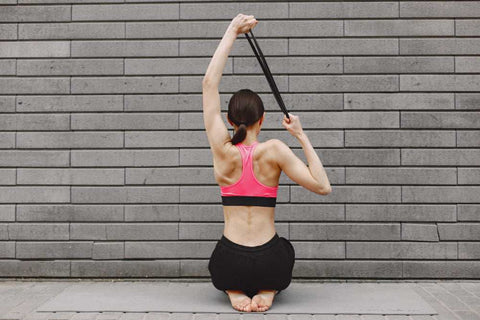
People Also Ask: Rear Delt Training FAQs
What is the best rear delt exercise?
The best rear delt exercise can vary depending on individual fitness levels, preferences, and goals. However, many fitness experts and physiotherapists, such as Dr. Gregory Hughes, recommend the Reverse Pec Deck Fly for its ability to isolate and target the rear deltoids effectively. This exercise allows for focused engagement of the rear deltoids, minimizing involvement from other muscle groups, making it highly efficient for strengthening this specific area. For those looking to improve their training setup, incorporating high-quality adjustable weight benches can enhance exercise execution and stability.
How do I target my rear delts?
To target your rear delts effectively, incorporate exercises that involve horizontal abduction of the arms and require moving the arms away from the body against resistance. Exercises such as Bent-over Dumbbell Reverse Flies, Face Pulls, and Seated Cable Rows with a Wide Grip are particularly beneficial. According to Dr. Lisa Morton, ensuring proper form—such as maintaining a straight back during bent-over movements and focusing on squeezing the shoulder blades together—can significantly enhance the engagement of the rear deltoids. Using resistance equipment like adjustable benches or incorporating sauna therapy with a sauna blanket post-workout can also aid in muscle recovery and flexibility, improving overall training results.
Are rear delts hard to train?
Rear delts can be challenging to train due to their position and function. They are often overshadowed by more dominant front and middle deltoid muscles during compound movements. Additionally, as Dr. Fiona Barry points out, many people neglect specific rear delt exercises in their workout routines, leading to weaker rear deltoids compared to other shoulder muscles. However, proper exercise selection and technique can help effectively target and strengthen the rear delts. Including dedicated isolation movements such as Reverse Pec Deck Flys, Wide Grip Cable Rows, and Face Pulls ensures optimal engagement. Using resistance-based training equipment like MuscleIQ Benches can further enhance rear delt activation by providing better positioning and stability.
Do I need to isolate rear delts?
Isolating the rear delts can be highly beneficial, especially for individuals looking to improve shoulder balance, posture, and overall joint health. Dr. Alan Rudd suggests that focusing on the rear delts is crucial for correcting muscle imbalances and preventing injuries associated with overdeveloped anterior shoulder muscles. Isolation exercises such as Incline Bench Dumbbell Rows and Reverse Flies can help create a well-rounded shoulder structure and enhance functional movement. Additionally, proper recovery methods, such as using a sauna blanket post-workout, can aid in reducing muscle soreness and improving circulation, ensuring optimal rear delt recovery.
By incorporating targeted rear delt training, using supportive workout equipment, and prioritizing recovery techniques, you can strengthen your shoulders effectively and enhance overall upper-body performance
Conclusion
In conclusion, incorporating these exercises into a workout regime can significantly strengthen the rear deltoids, improving shoulder health, function, and aesthetics. As Dr. Hughes summarises, "A balanced approach to shoulder training, emphasising the rear deltoids, is essential for overall shoulder integrity and aesthetics." Following the guidance provided by health professionals and ensuring proper form and technique will maximise the benefits of these exercises while minimising the risk of injury.

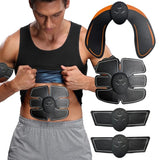


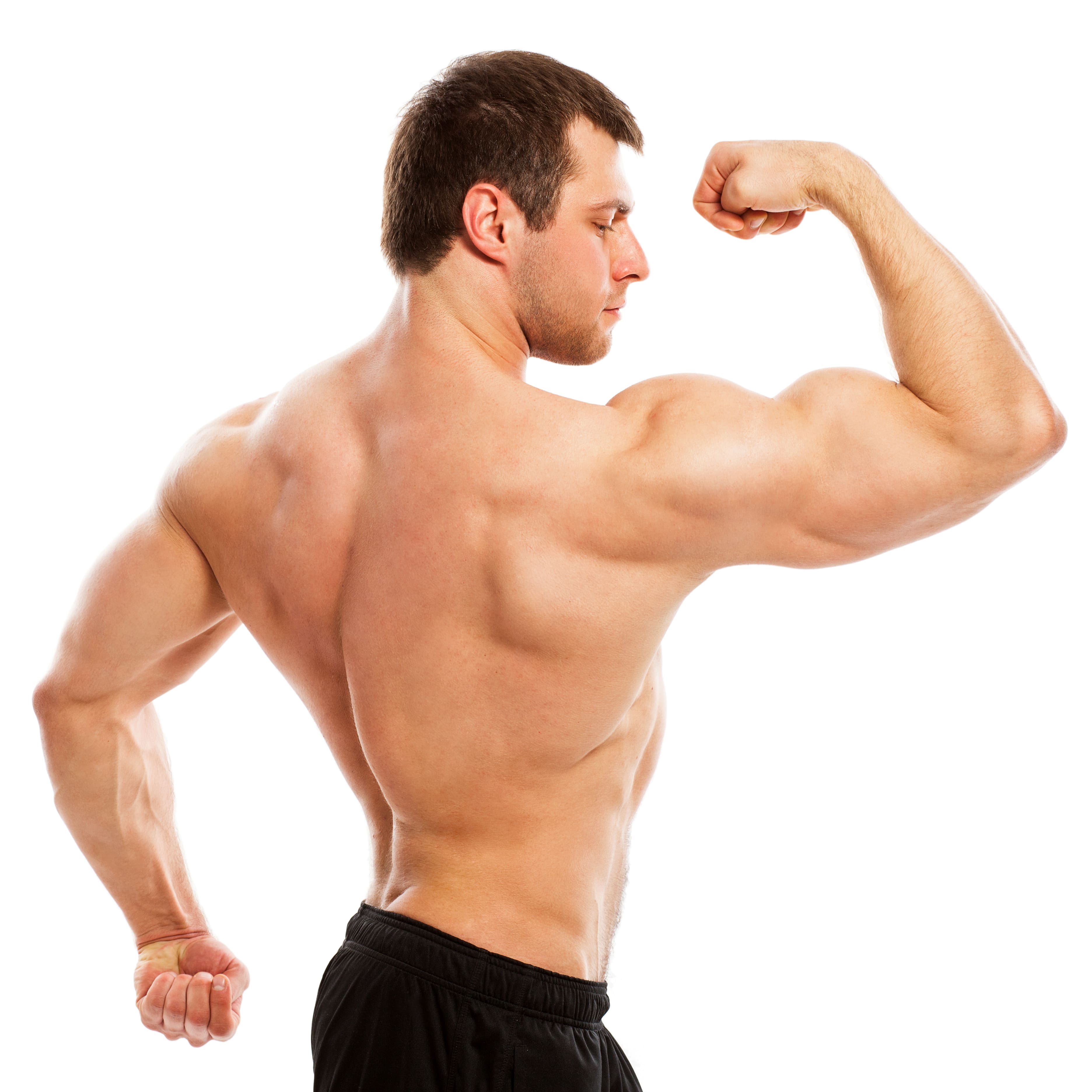

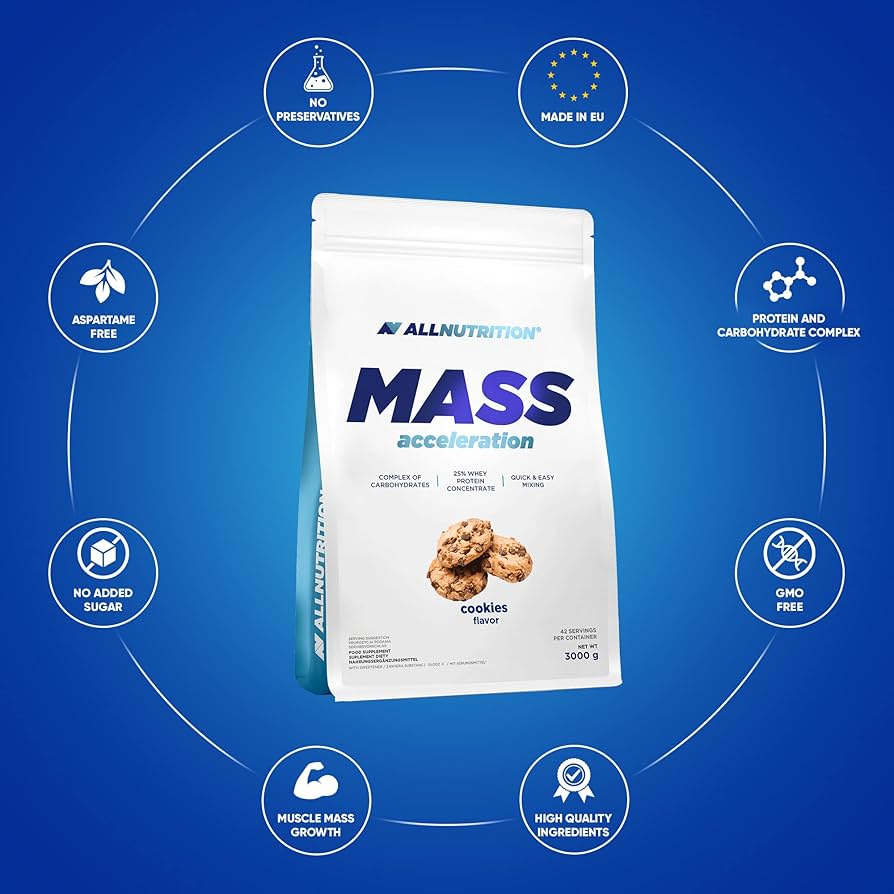

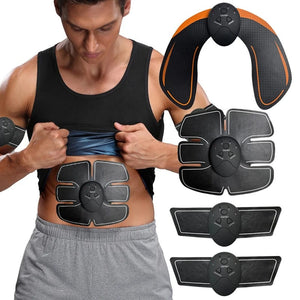
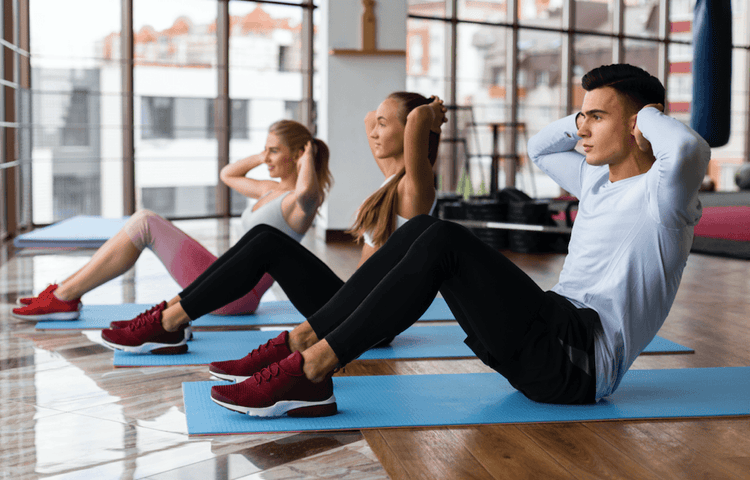
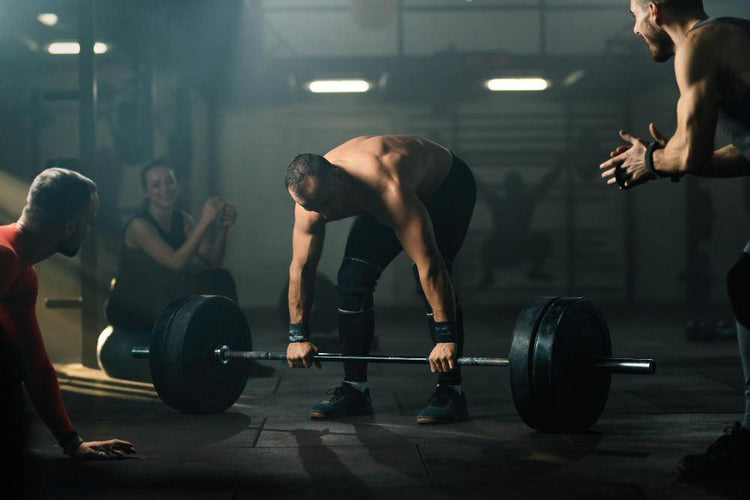
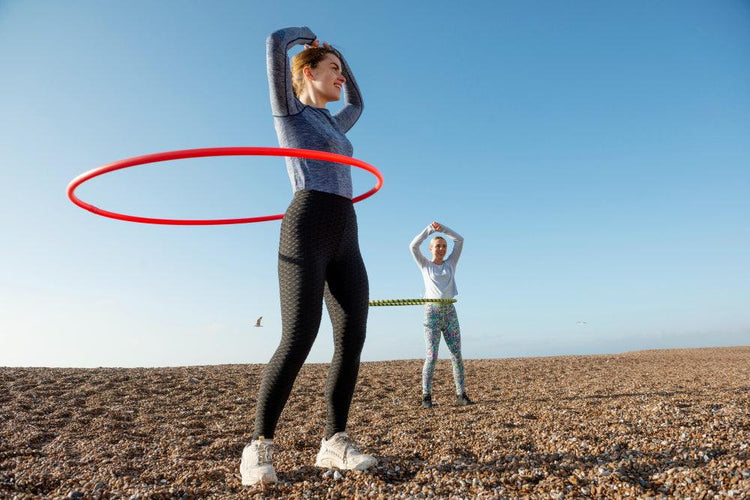
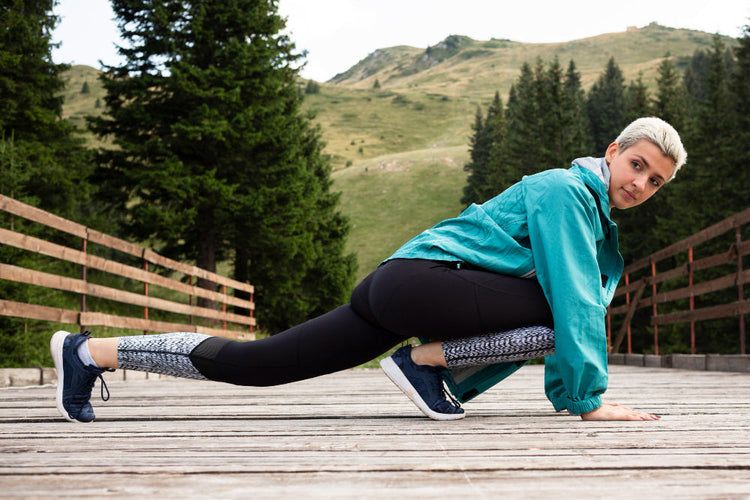
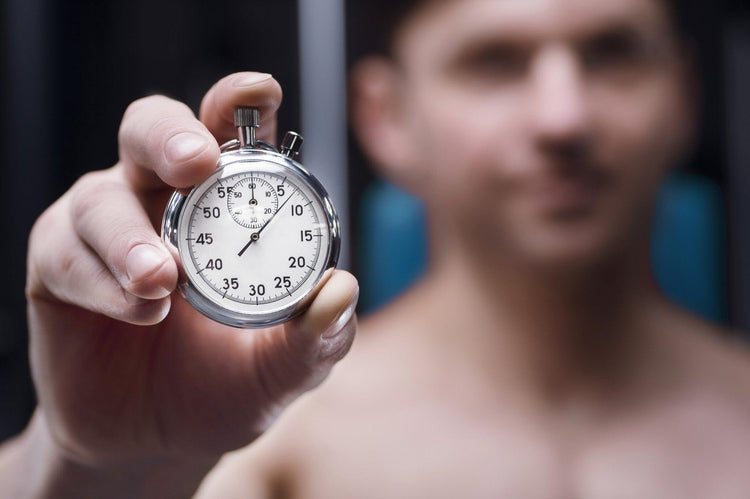
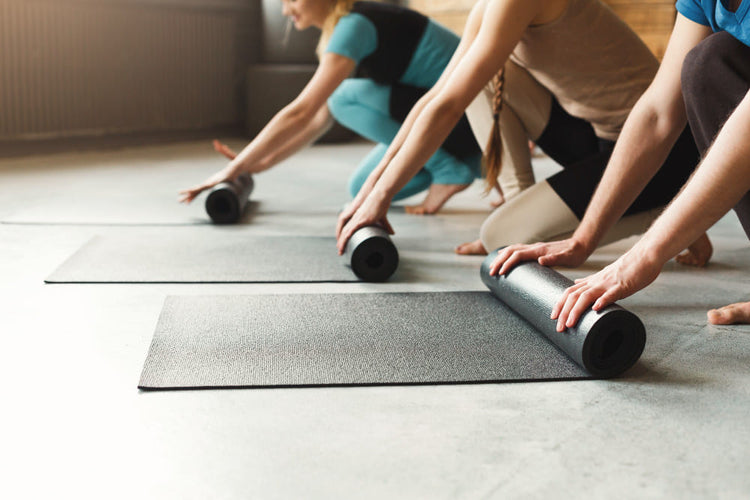
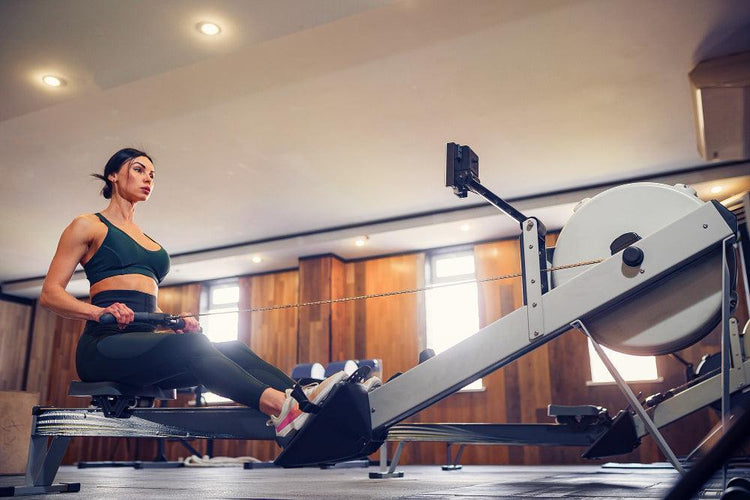

 Rated Excellent by 26,523+ Reviews
Rated Excellent by 26,523+ Reviews